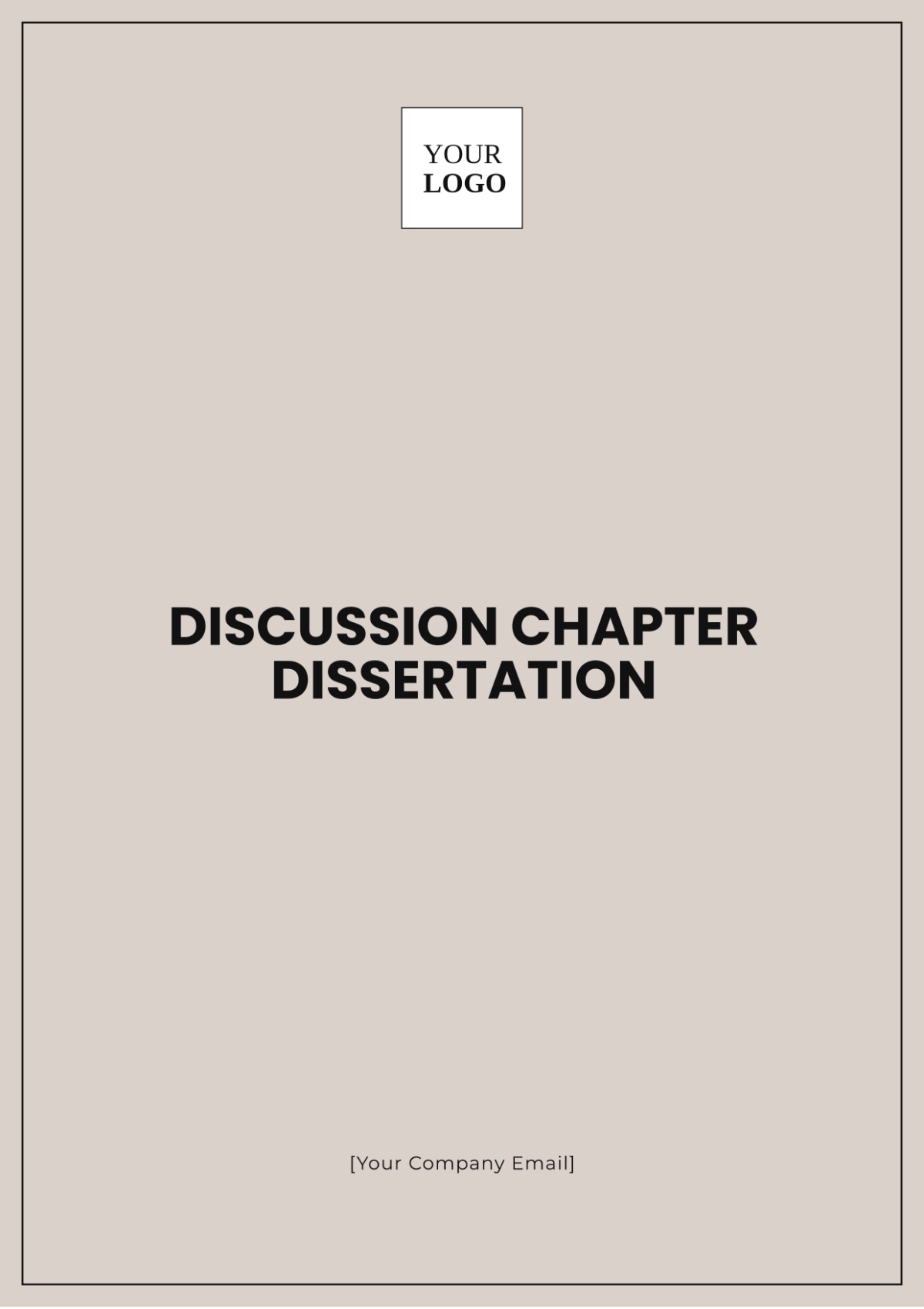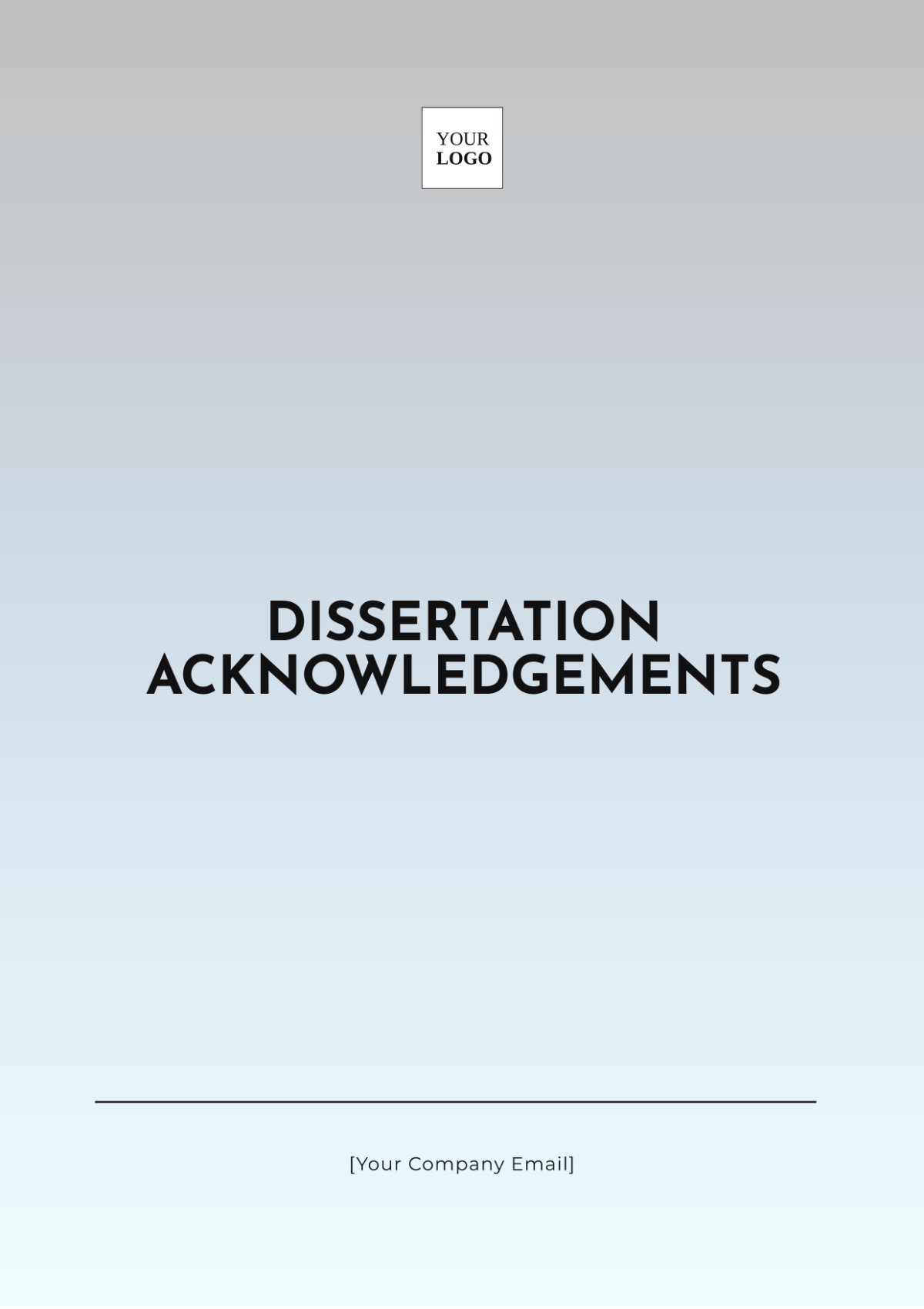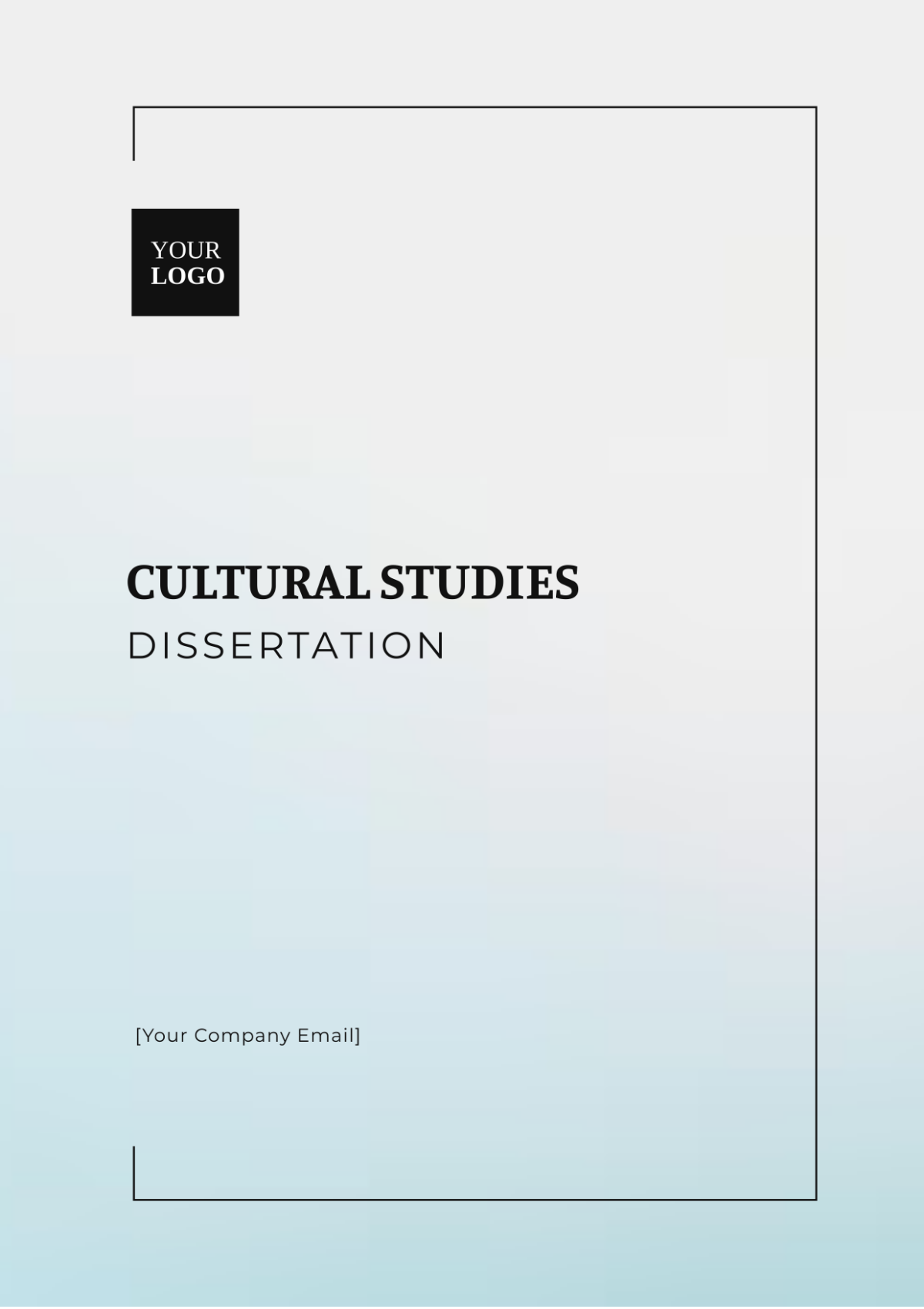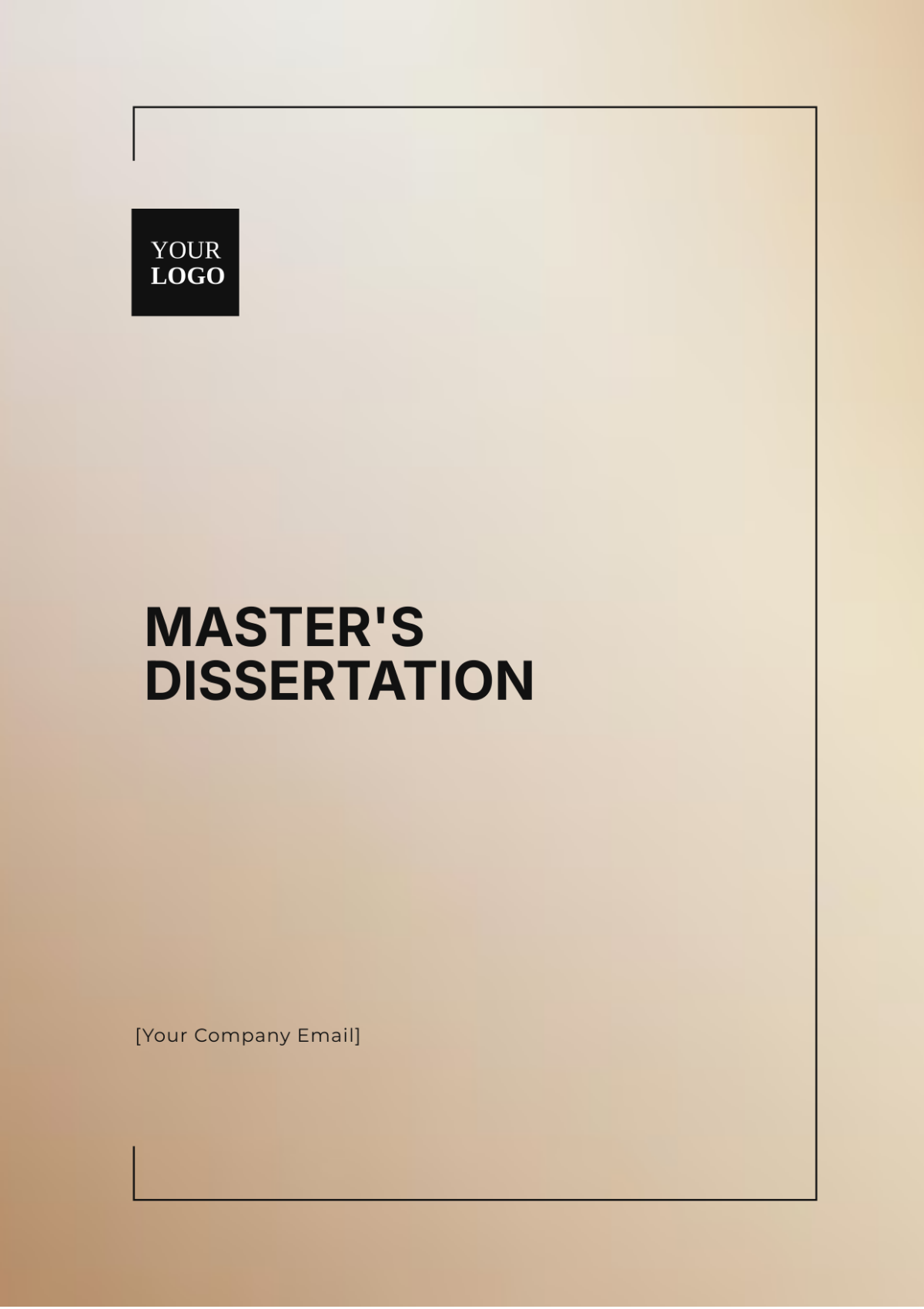ARCHITECTURE DISSERTATION
I. Abstract
This dissertation explores the intricate realm of architectural design, delving into the principles, methodologies, and innovations that shape our built environment. The study systematically examines historical influences, technological advancements, and the socio-cultural implications of architectural practices. Goals include providing an in-depth analysis of architectural theory, comprehensive case studies, and a detailed investigation into sustainable design practices.
II. Introduction
Background
Architecture is an ever-evolving discipline that marries art, science, and technology. The roots of contemporary architectural practice can be traced back to ancient civilizations, which laid the foundation for modern principles. This dissertation will reference various historical milestones to contextualize present-day architectural innovations.
Objectives
To assess the historical progression of architectural styles and methods
To analyze the impact of technological advancements on architectural design
To investigate contemporary sustainable architectural practices
To provide case studies illustrating successful architectural projects
Methodology
The research methodology encompasses a combination of qualitative and quantitative approaches. Historical analysis, case studies, and surveys of current architectural practices form the core of the investigation. Data will be collected from academic journals, architectural archives, and interviews with renowned architects.
III. Historical Context
Ancient Architecture
Ancient architecture serves as the foundation of modern practices, characterized by monumental structures, intricate designs, and innovative use of materials. Civilizations like the Egyptians, Greeks, and Romans have left a lasting legacy.
Medieval Architecture
The medieval period introduced Gothic architecture, known for its pointed arches, ribbed vaults, and flying buttresses. This era emphasized verticality and light, transforming ecclesiastical buildings into awe-inspiring spaces.
Renaissance to Modern Architecture
The Renaissance brought about a revival of classical principles, while the modern era witnessed the rise of new materials and technologies. Innovations such as steel framing and reinforced concrete revolutionized architectural possibilities.
IV. Principles of Architectural Design
Form and Function
One of the fundamental principles of architecture is the harmonious balance between form and function. Architectural design must adequately address both aesthetic appeal and utilitarian requirements.
Sustainability
Modern architecture increasingly emphasizes sustainable practices, highlighting energy efficiency, reduced environmental impact, and the use of renewable materials.
Principle
Principle | Description |
|---|---|
Form and Function | Aesthetics meet utility in a harmonious balance. |
Contextualism | Architecture must respond to its surroundings, both natural and man-made. |
Sustainability | Emphasis on energy efficiency and environmental impact. |
V. Technological Advancements in Architecture
Materials
Advances in materials science have significantly impacted architectural design. The development of new construction materials like high-performance concrete, smart glass, and sustainable composites has expanded architectural possibilities.
Building Information Modeling (BIM)
Building Information Modeling (BIM) has transformed how architects conceptualize and execute their designs. BIM enables detailed 3D modeling, offering improved visualization and project management.
VI. Case Studies
Case Study 1: The Sagrada Familia
The Sagrada Familia in Barcelona stands as a masterpiece of Gothic and Art Nouveau architecture. Designed by Antoni Gaudí, this basilica exemplifies innovative use of geometries and natural forms.
Case Study 2: The Shard
The Shard in London, designed by Renzo Piano, symbolizes modern architectural innovation. This skyscraper incorporates sustainable design principles and technological advancements.
VII. Sustainable Practices in Architecture
Energy Efficiency
Energy-efficient buildings reduce the consumption of non-renewable resources. Techniques such as passive solar design, insulation, and green roofs contribute to energy efficiency.
Renewable Materials
The use of renewable materials, such as bamboo and recycled steel, reduces the environmental footprint of architectural projects. These materials ensure the long-term sustainability of buildings.
VIII. Socio-Cultural Implications
Architecture significantly impacts society by influencing human experience and behavior. Well-designed spaces can foster community engagement, improve mental health, and enhance productivity.
IX. Conclusion
As our understanding of architecture continues to evolve, so too does the potential to create spaces that are not only aesthetically pleasing but also functional, sustainable, and socially relevant. This dissertation has examined the deep interconnections between historical influences, technological advancements, and sustainable practices, aiming to provide a comprehensive understanding of modern architectural design.
X. References
Smith, J. (2051). Architectural Theory and Practice. Oxford University Press.
Brown, L. (2059). Innovations in Sustainable Architecture. Routledge.
Davis, M. (2050). The Evolution of Building Materials. MIT Press.
Clark, R., & Green, T. (2052). BIM and the Future of Architecture. Wiley.
Johnson, H. (2053). Case Studies in Modern Architecture. Cambridge University Press.

















































